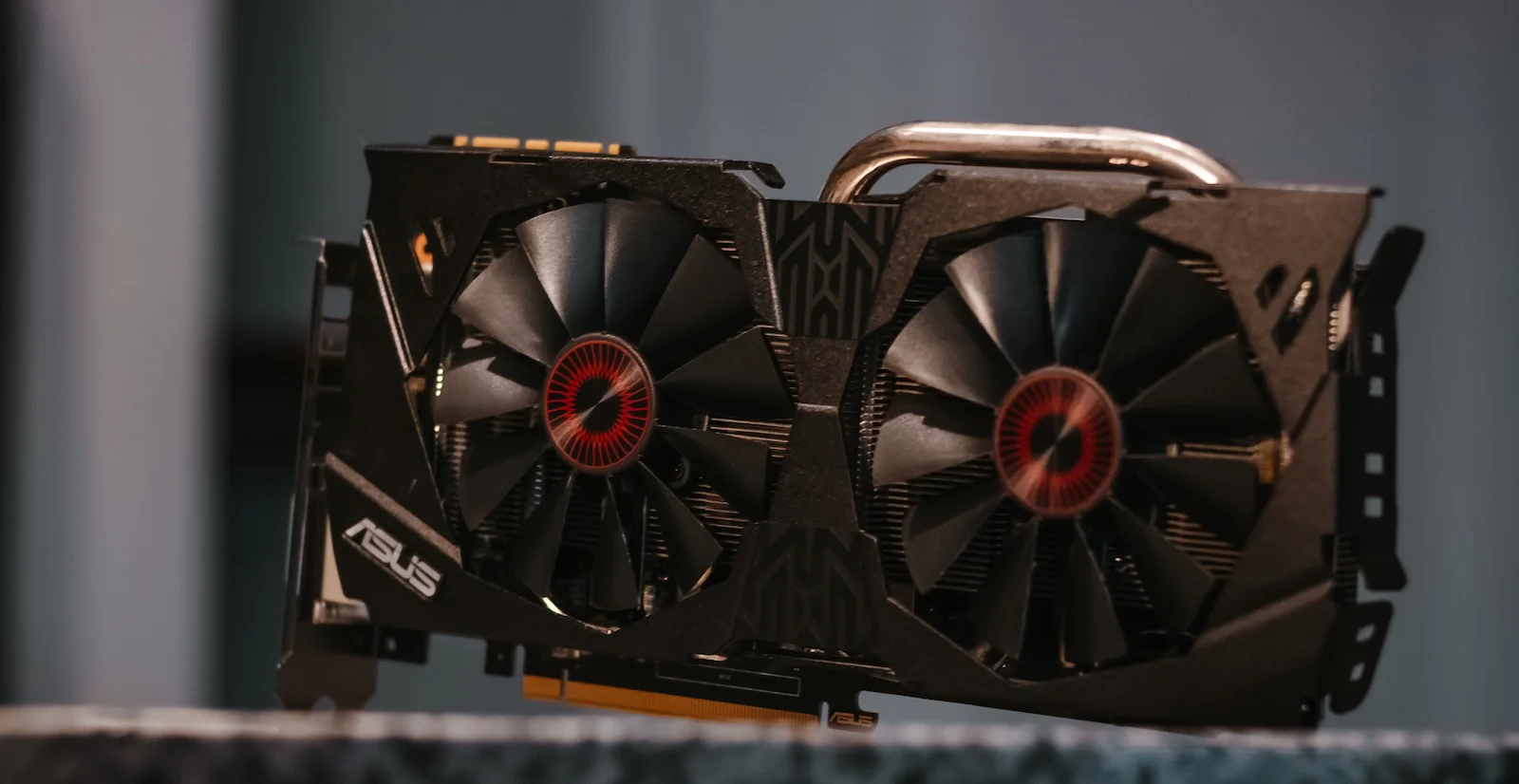Wondering how are cryptocurrencies mined? Our guide breaks down PoW and PoS mining methods, factors to consider, and popular cryptocurrencies to mine today.
Cryptocurrency mining is a vital process that keeps many blockchain networks secure and functional. If you’ve ever wondered how are cryptocurrencies mined, this guide is for you. We’ll delve into the basics of mining, the process behind it, and the factors to consider before jumping into the world of crypto mining.
What is Cryptocurrency Mining?
Cryptocurrency mining is the process of validating transactions and adding them to a blockchain network. Miners use powerful computers to solve complex mathematical problems, which help maintain the network’s security and stability. In return for their efforts, miners are rewarded with newly minted coins and transaction fees.
How Are Cryptocurrencies Mined: Proof of Work
One of the most common methods for mining cryptocurrencies is through the Proof of Work (PoW) consensus algorithm. Understanding how are cryptocurrencies mined using PoW involves learning how miners compete to solve complex mathematical problems.
- Transaction verification: Miners verify the validity of pending transactions and compile them into a block.
- Problem-solving: Miners compete to solve a complex mathematical problem, called a cryptographic hash function, based on the block’s data.
- Block validation: The first miner to solve the problem broadcasts their solution to the network. Other miners validate the solution, and if it’s correct, the block is added to the blockchain.
- Reward: The miner who solved the problem receives a reward in the form of newly minted coins and transaction fees from the validated block.
Bitcoin and Litecoin are examples of cryptocurrencies that utilize the PoW consensus algorithm.

How Are Cryptocurrencies Mined: Proof of Stake
Another popular method for mining cryptocurrencies is through the Proof of Stake (PoS) consensus algorithm. In PoS, how are cryptocurrencies mined is quite different from PoW:
- Staking: Instead of using computational power to solve mathematical problems, PoS relies on the number of coins a user holds (their “stake”) and locks them in a wallet.
- Validator selection: Validators are chosen randomly or based on the size of their stake to create new blocks and validate transactions.
- Block creation: The selected validator creates a new block containing the verified transactions and adds it to the blockchain.
- Reward: Validators receive a reward in the form of transaction fees or newly minted coins.
Ethereum 2.0, Cardano, and Polkadot are examples of cryptocurrencies that utilize the PoS consensus algorithm.
Factors to Consider Before Mining Cryptocurrencies
Before diving into crypto mining, it’s essential to consider the following factors:
- Hardware costs: Mining requires specialized hardware, such as ASIC miners for Bitcoin or powerful GPUs for Ethereum. These can be expensive to purchase and maintain.
- Energy consumption: Mining consumes significant amounts of electricity, which can lead to high energy bills. It’s crucial to consider the cost of electricity in your area and the efficiency of your mining hardware.
- Network difficulty: The difficulty of mining a cryptocurrency can change over time, affecting the profitability of mining. As more miners join the network, the difficulty increases, and the chances of earning a reward decrease.
- Cryptocurrency value: The value of the cryptocurrency you’re mining can fluctuate, impacting your mining profitability. It’s essential to monitor market trends and consider the potential for long-term appreciation or depreciation.
- Mining pool or solo mining: You can mine cryptocurrencies independently or join a mining pool. Mining pools combine the computational power of multiple miners, increasing the chances of earning rewards but sharing them among pool members.
Popular Cryptocurrencies to Mine
While Bitcoin is the most well-known cryptocurrency, mining it is no longer profitable for individual miners due to high competition and energy costs. However, there are other cryptocurrencies that can still be mined profitably:
- Litecoin (LTC): Litecoin is considered the silver to Bitcoin’s gold and utilizes the Scrypt algorithm, which is more accessible for individual miners using GPUs or ASIC miners.
- Monero (XMR): Monero is a privacy-focused cryptocurrency that uses the RandomX algorithm, making it suitable for mining with CPUs and GPUs. Its emphasis on privacy has attracted a loyal mining community.
- Ravencoin (RVN): Ravencoin, an asset transfer-focused cryptocurrency, uses the KAWPOW algorithm, which is designed to be ASIC-resistant and more accessible to individual miners using GPUs.
- Zcash (ZEC): Zcash is a privacy-centric cryptocurrency that uses the Equihash algorithm, allowing miners with GPUs to mine it effectively.
Remember that the profitability of mining any cryptocurrency can change over time, so it’s essential to monitor market trends and adapt your mining strategy accordingly.
Conclusion
Understanding how are cryptocurrencies mined is crucial for anyone interested in the world of crypto mining. While mining can be a rewarding and potentially profitable endeavor, it’s essential to consider factors such as hardware costs, energy consumption, network difficulty, and the value of the cryptocurrency being mined. By carefully weighing these factors and choosing the right cryptocurrency and mining method, you can maximize your chances of success in the ever-evolving world of crypto mining.